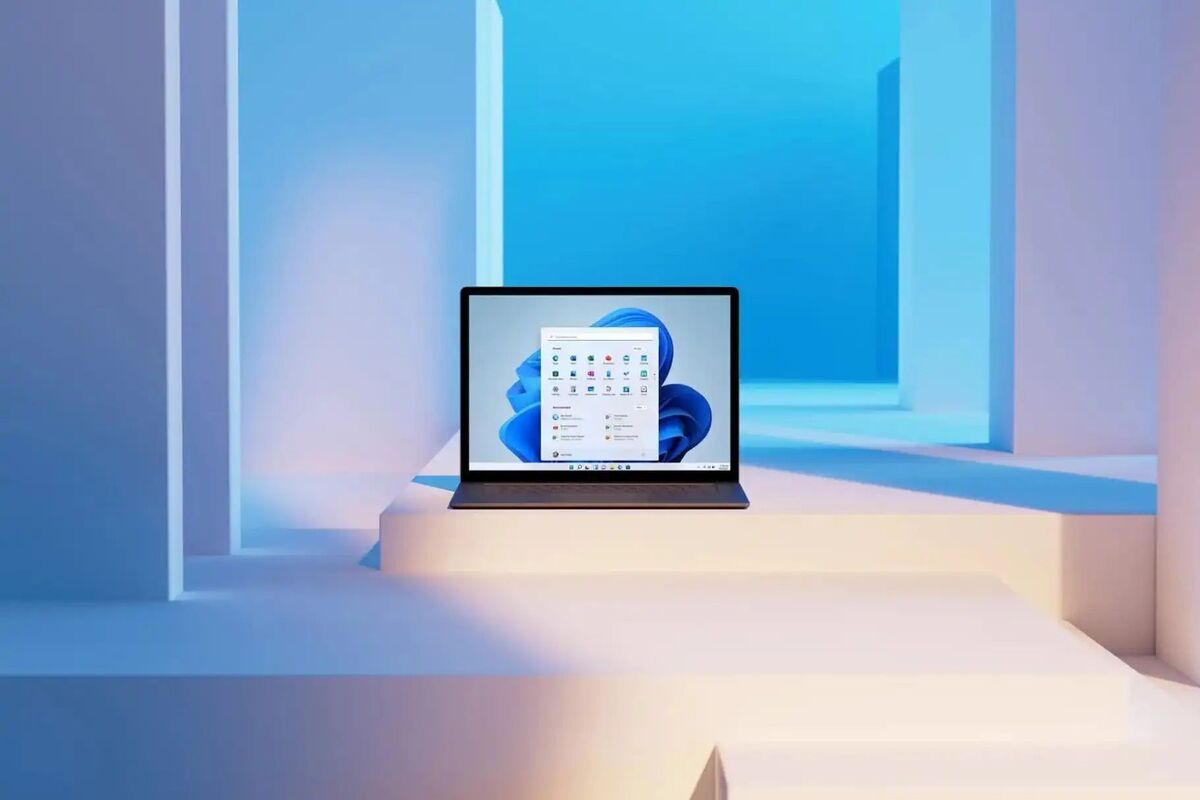Trouble with Windows? You have support options

Credit to Author: Susan Bradley| Date: Tue, 21 Jun 2022 05:15:00 -0700
So, you finally got around to installing a Windows update from Microsoft, and there’s a problem. Where do you go for support and assistance?
Short answer: it depends.
If you are an Enterprise customer and have an issue with your work computer — whether in the office or remote — there should be a designated IT administrator or help desk for you. You either call the help desk or open a trouble ticket and someone gets back to you. Often, they have tools to remotely connect to your computer and see what’s going on. If the issue is so serious your machine can’t be fixed, they’ll deploy a new computer or reimage your PC using tools such as Autopilot to deploy a fresh copy of Windows for you.
If you are an IT administrator working for a large company with a Premier support contract with Microsoft, you likely have an established process for opening a support ticket with the company. You might even have a dedicated contact for your issues.
But for those of us without such dedicated resources, what are your options? That depends on what version of Windows you are running.
Recently Microsoft Program Manager Aria Carley tweeted the following:
#FunFact Commercial customers in the Release Preview Channel get **FREE SUPPORT**
(whether deploying via #WUfB, #WSUS, #AzureMarketplace, etc.)
Windows has several releases. If you are a Windows Insider, you participate in a public beta process. This release preview channel is specifically what she is talking about that gets special treatment.
As Carley defined it, “Commercial customers” refers to any organization with an IT admin managing devices via Microsoft Endpoint Manager or another management solution or any premium license (Pro+).
She noted that any issue with Windows 11 22H2 which is now considered to be the release preview can open a support case. (Note: even though these are considered betas, they still receive security updates; so while I don’t recommend running your entire firm on preview releases, it’s a good idea to have some of your computers trialing beta versions.) I’ve also seen some Managed Service Providers run all their machines on these insider versions in order to stay one step ahead of the releases.
When running these preview versions, it’s a good idea to go into the Windows feedback app and look for — and upvote — a bug you find in there. This will ensure that Microsoft obtains more information about the number of customers impacted.
If you want to watch an excellent primer on managing Windows updates using WSUS or cloud update management, I highly recommend this recorded session by Carley: “Managing Windows updates in the cloud.”
What if you are simply running the official, released versions of Windows 10 or 11? First off I would skip using the feedback app to report any bug you find after a security update that causes problems. This application is geared toward beta testing, not issues with released versions of Windows. Rather, you’ll want to either open an official support case, or check online to see whether others are reporting issues. It’s important to remember forget to review areas where Microsoft officially acknowledges issues.
For Windows, that location is both in the Windows Health release dashboard as well as the Microsoft 365 version of the dashboard. For Office, you’ll want to check the resources at the known issues site on Office. And to review whether others are experiencing the same issues you are having, I recommend several locations.
First, I’ll admit to having a preference for the following two resources: PatchManagement listserve, which is hosted in a Google group listserve and includes many IT administrators from companies ranging from small to large (I’m a volunteer moderator) and Askwoody.com, where many individual users post about patch issues. Another resource that Microsoft monitors for reports of side effects is in the rWindows 10 forum on Reddit. Every month there is a thread posted where users and IT administrators report in on issues they see. (You can also post in Microsoft’s own answer forums for Windows and Office, or try other support options, including wizards and chat.)
If you can open a support case with Microsoft, be aware that if a bug is due to a security patch — and Microsoft later fixes the issue —you’ll have to provide a credit card to open the case; Microsoft will refund the cost, once it acknowledges the issue.
Finally, if a trusted colleague or friend can remotely access your computer to assist you, there are several tools they can use. One of the easiest ways is to use Microsoft’s built-in Quick Assist for Windows 10. It now requires that you update it via the Microsoft store, so you must have a Microsoft account now, but it’s still an easy way to get and receive help from others you trust.
Bottom line: help and assistance with Microsoft issues is available whether you are a business customer or individual user. Review your options before you need help, so when trouble arises, you’ll know where to go first.